
Journalists Get Front-Row Seats to Experience Both the Safety and Thrill of Driving in Partnership with AI
WILLOWS, Calif. [Nov. 15, 2023] - Last month, Toyota Research Institute (TRI) invited reporters for a deep dive into its new Accelerated Concepts program in active safety.
The international media event at Thunderhill Raceway, Willows, CA, marked a first for TRI, offering journalists from the US and Europe an opportunity to ride inside its research vehicles and simulators and experience firsthand how TRI is approaching autonomy.
TRI’s Human Interactive Driving (HID) team aims their research not at self-driving robotaxis but rather at active safety, incorporating both high autonomy AND high driver engagement. This approach makes driving both safer and more fun - keeping the driver engaged and working with the car as a truly intelligent partner.
TRI also unveiled its Driving Sensei concept, which uses AI to help drivers gain mastery over the skills of driving through a combination of AI-driven instruction and AI-powered driver support. Driving Sensei helps people become better, safer drivers while ensuring they are engaged in the driving task.
“Safety is a top priority for Toyota,” said TRI CEO Gill Pratt. “Our human-centered approach is discovering better, safer ways for humans and AI to collaborate. We’re amplifying people by building models that predict drivers’ actions, developing AI that enhances driver performance.”
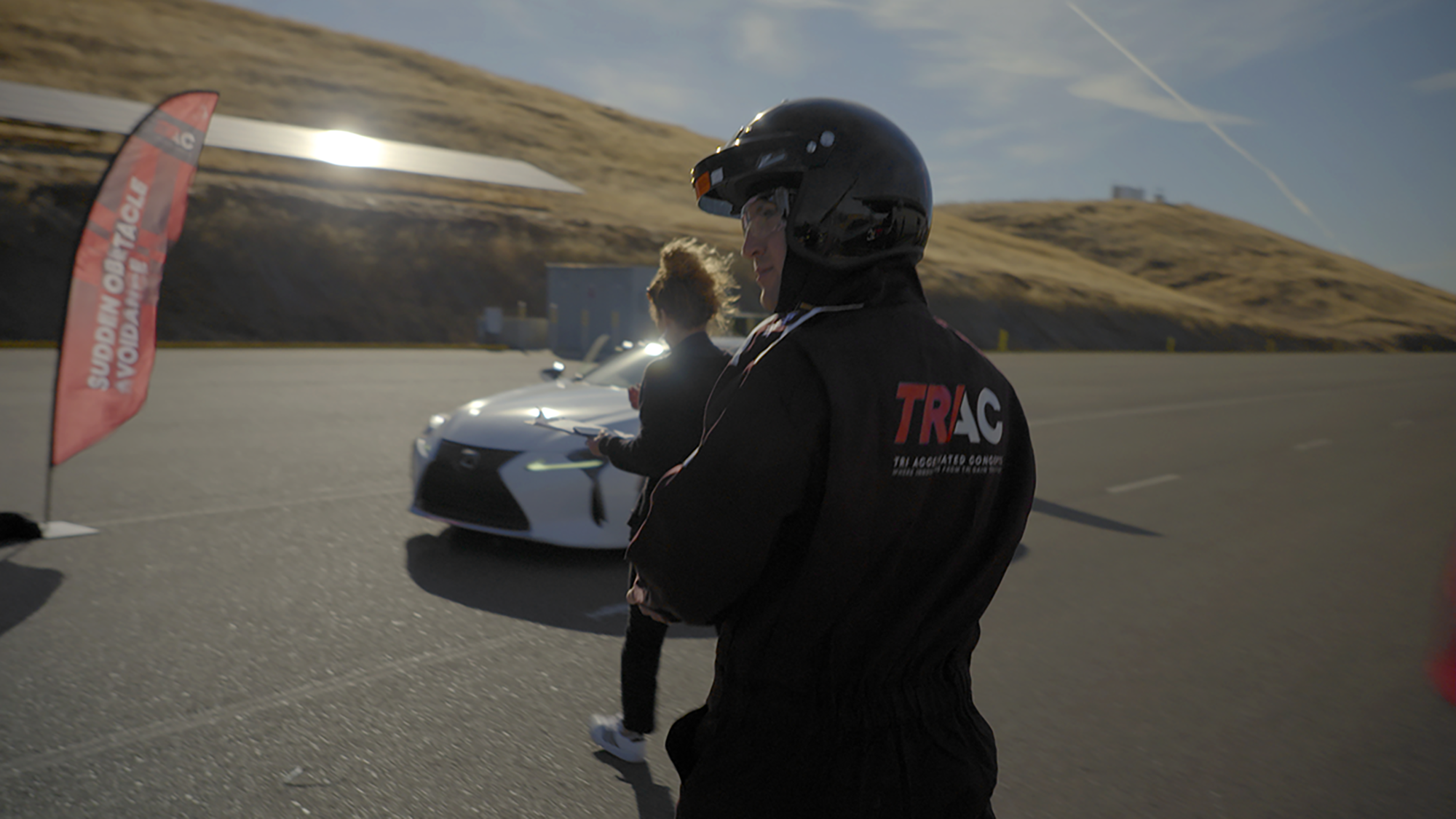
Each research vehicle and simulator demonstrated different technologies developed under the HID team’s research pillars: 1) Human-Focused Learning, 2) Driver/Vehicle Performance and Safety, and 3) Shared Autonomy.
- Human-Focused Learning uses data-driven machine-learning techniques to create models of human behavior. From driver awareness to action and intent, these models ensure that the technology will understand drivers and support them in the most natural way possible.
- With Driver/Vehicle Performance and Safety, the team seeks to build expert-level driving skills with AI.

Media members experienced this firsthand in the autonomous self-drifting Toyota Supra, testing the handling limits, and in a fully autonomous Lexus LC500, demonstrating its ability to avoid obstacles while charging down the track at high speeds. Teaching these expert driving skills to AI helps lay the foundation for autonomous technology to help drivers avoid accidents by navigating sudden obstacles or hazardous road conditions like black ice.
- The final component is Shared Autonomy, where AI and drivers work together for a safer and more enjoyable driving experience. Participants had time behind the wheel to test TRI’s custom-built Global Research Innovation Platform (GRIP), a research vehicle with four-wheel steering and in-wheel electric motors used to iterate driving research rapidly. GRIP’s in-car dynamics emulation enables new scenarios for driver training within a controlled environment.
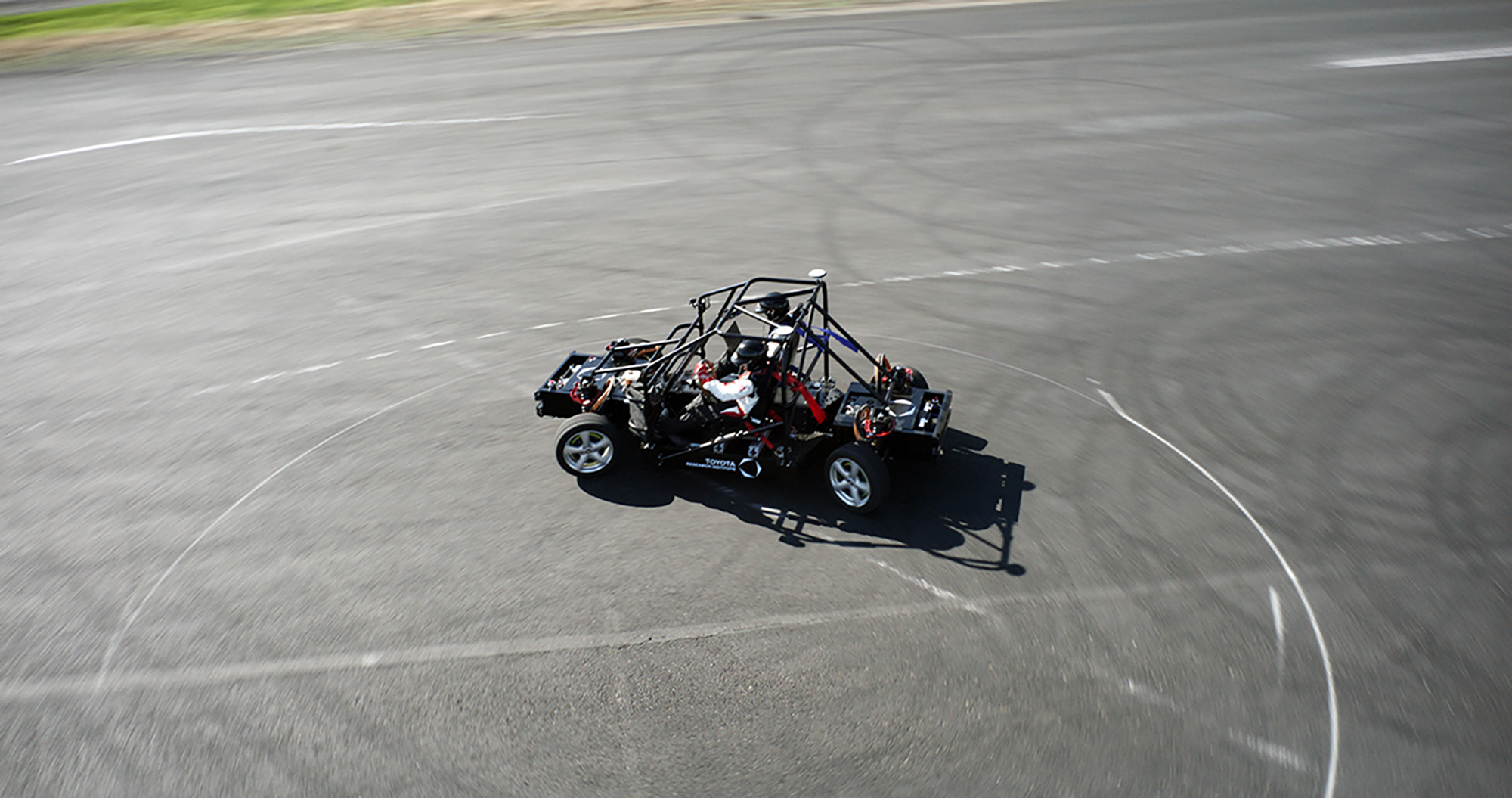
Journalists learned how to countersteer to control drifting through a combination of AI-powered instruction and support before testing their skills on a simulated ice patch. Journalists also experienced TRI’s AI-powered track driving coach in a simulator. This AI coach used real-time natural language to instruct journalists based on their current actions. Journalists were also able to interact with the agent using a chatbot interface to understand their performance and get tips on how to improve.
“Can we save more lives by bringing automated vehicle technology to more people in more places and sooner?” asked Avinash Balachandran, director of TRI’s Human Interactive Driving Division. “We think the answer is yes - by rethinking the way people and embodied technologies interact to create new experiences and value for our customers.”
For more technical information about what was demonstrated at the track, please see TRI’s Medium blog here.
About Toyota Research Institute
Toyota Research Institute (TRI) conducts research to amplify human ability, focusing on making our lives safer and more sustainable. Led by Dr. Gill Pratt, TRI’s team of researchers develops technologies to advance energy and materials, human-centered artificial intelligence, human interactive driving, machine learning, and robotics. Established in 2015, TRI has offices in Los Altos, California, and Cambridge, Massachusetts. For more information about TRI, please visit http://tri.global.
MEDIA CONTACTS
Wendy Rosen
Senior Director of Communications
wendy.rosen@tri.global
MEDIA RESOURCES

TRI research vehicles at Thunderhill Raceway Park
The self-drifting Toyota Supra on the skidpad
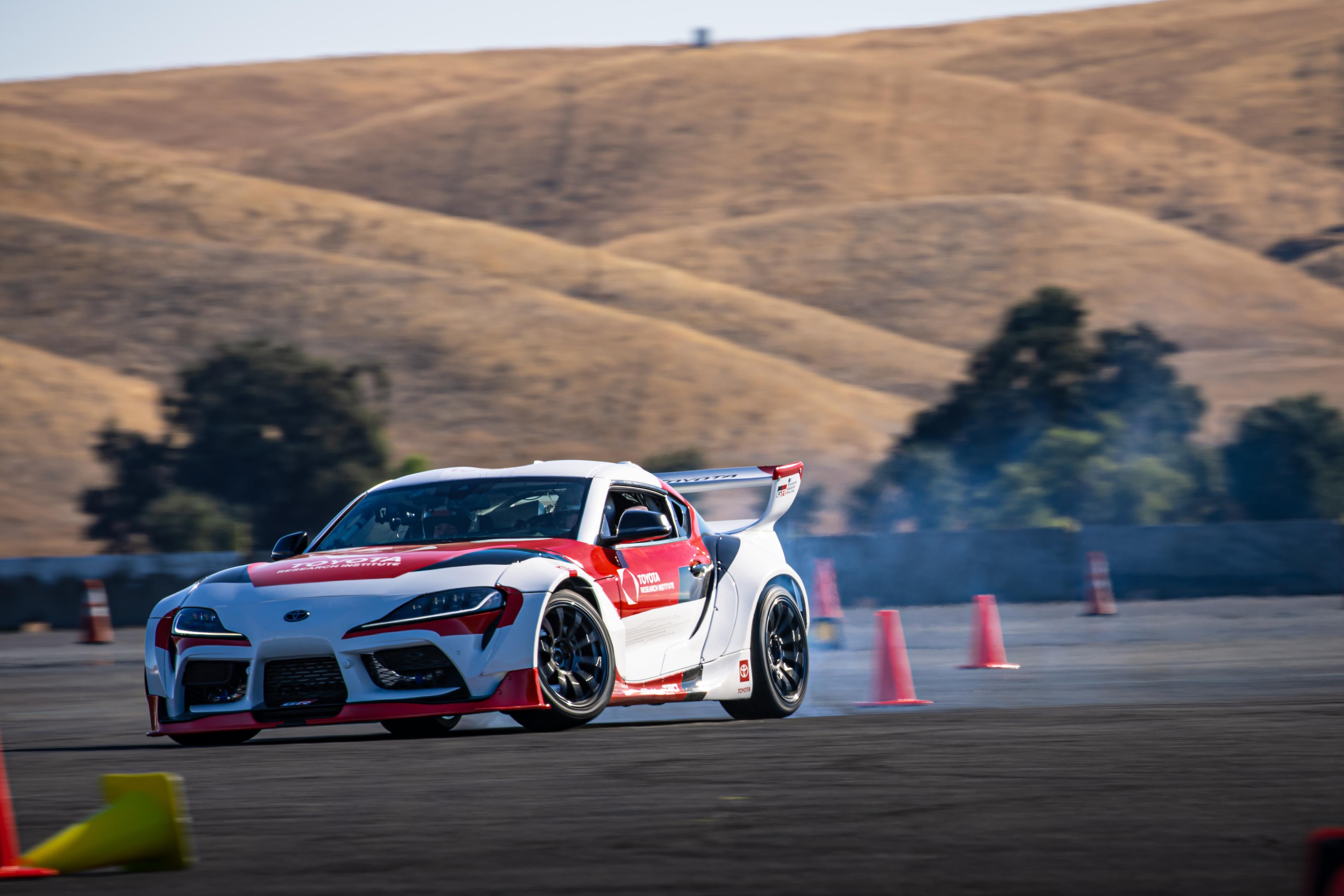
TRI’s modified Supra research vehicle
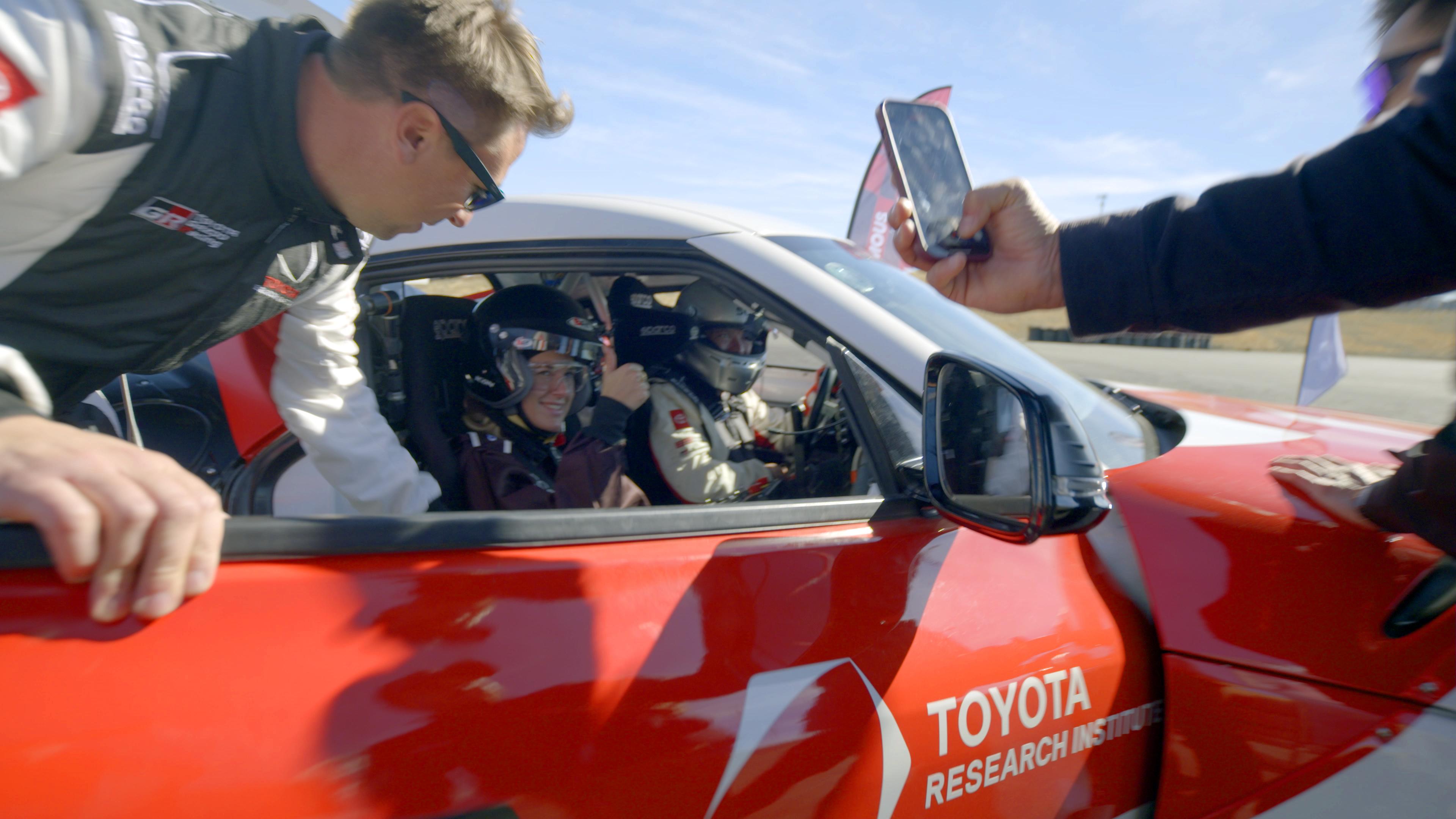
Media influencer prepares for the self-drifting demonstration, monitored by a human driver to ensure safety.
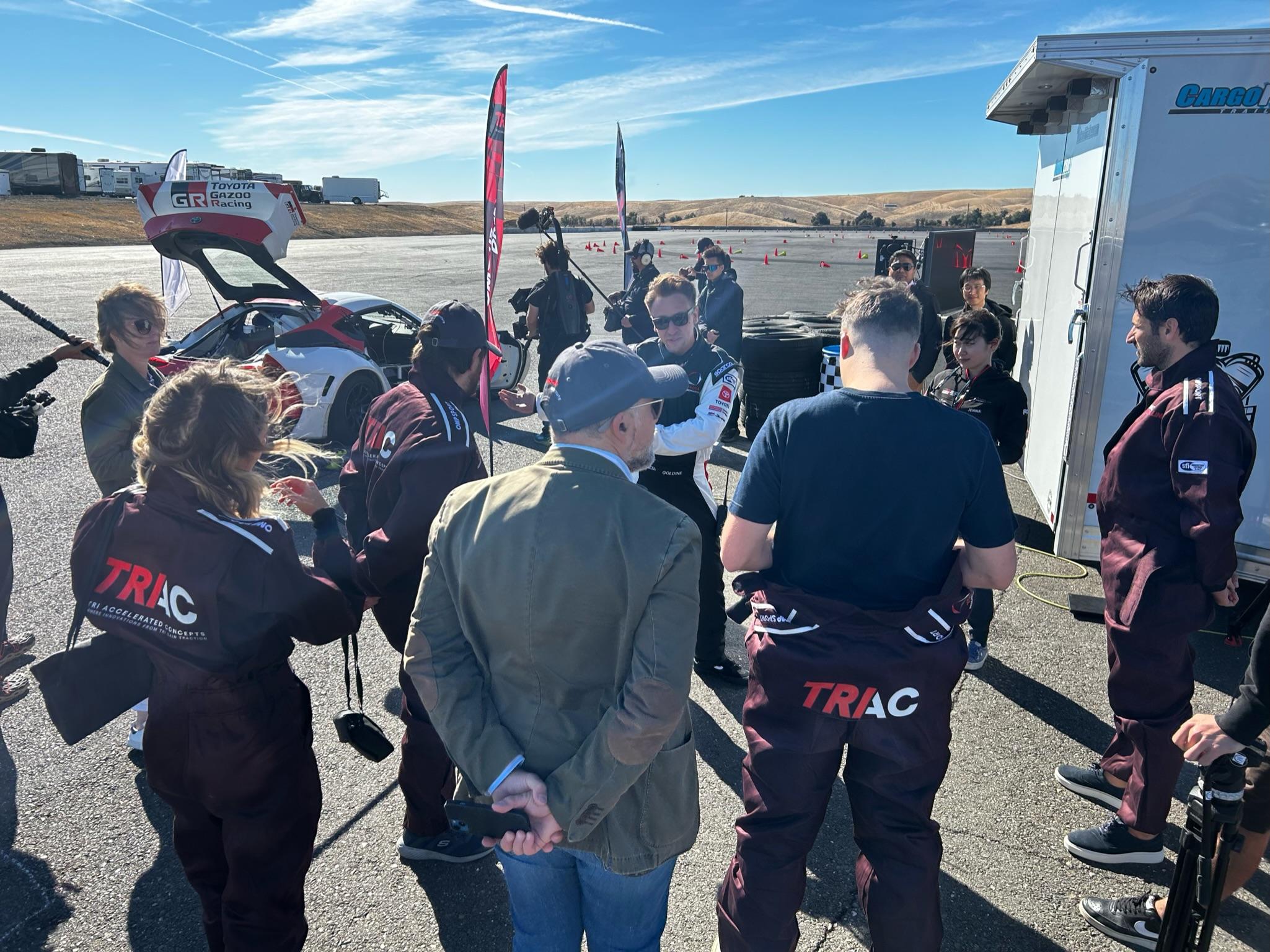
Members of the media meet with researchers from TRI’s Human Interactive Driving (HID) division.
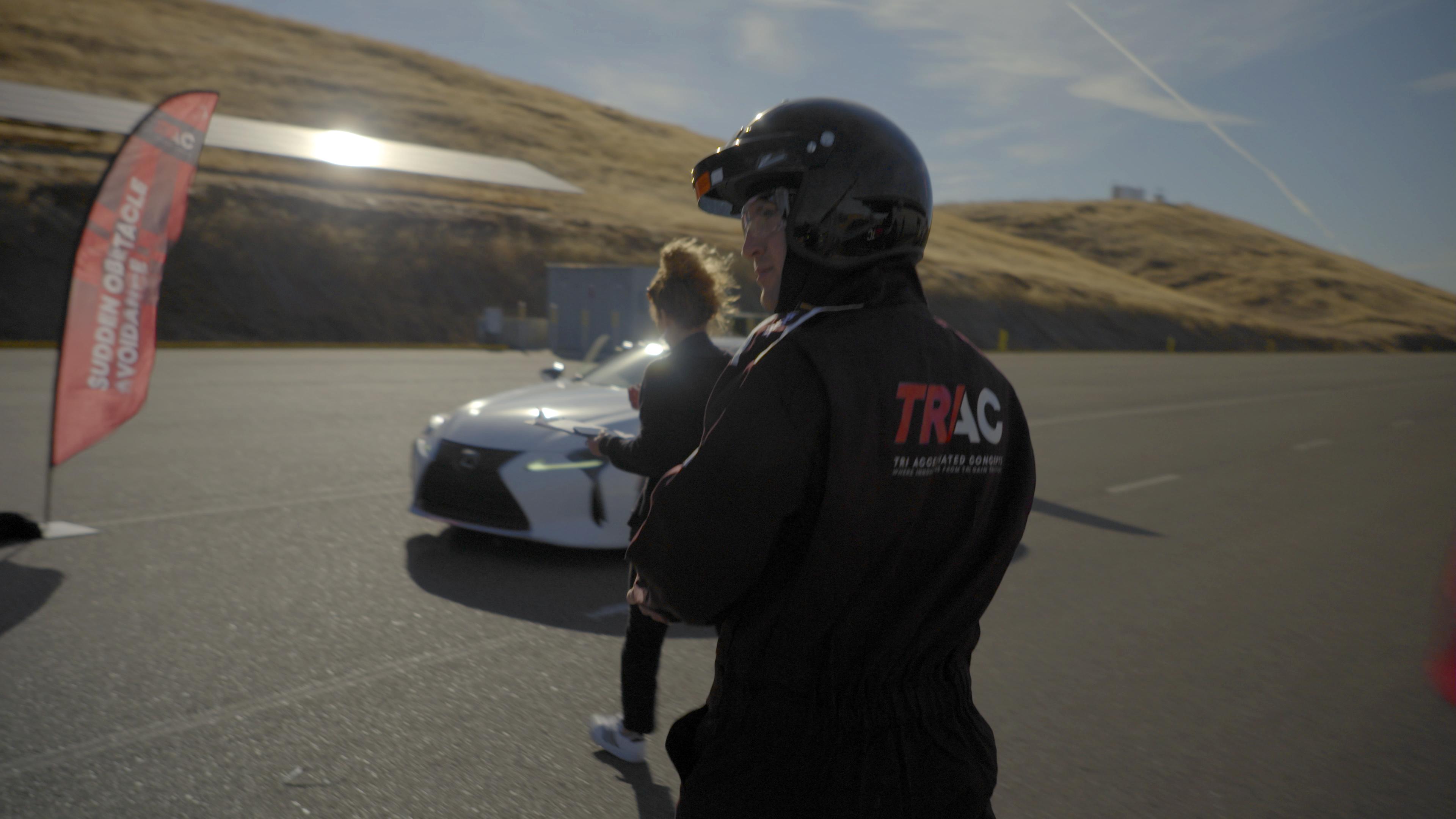
Members of the media suit up to experience the vehicles on the track.
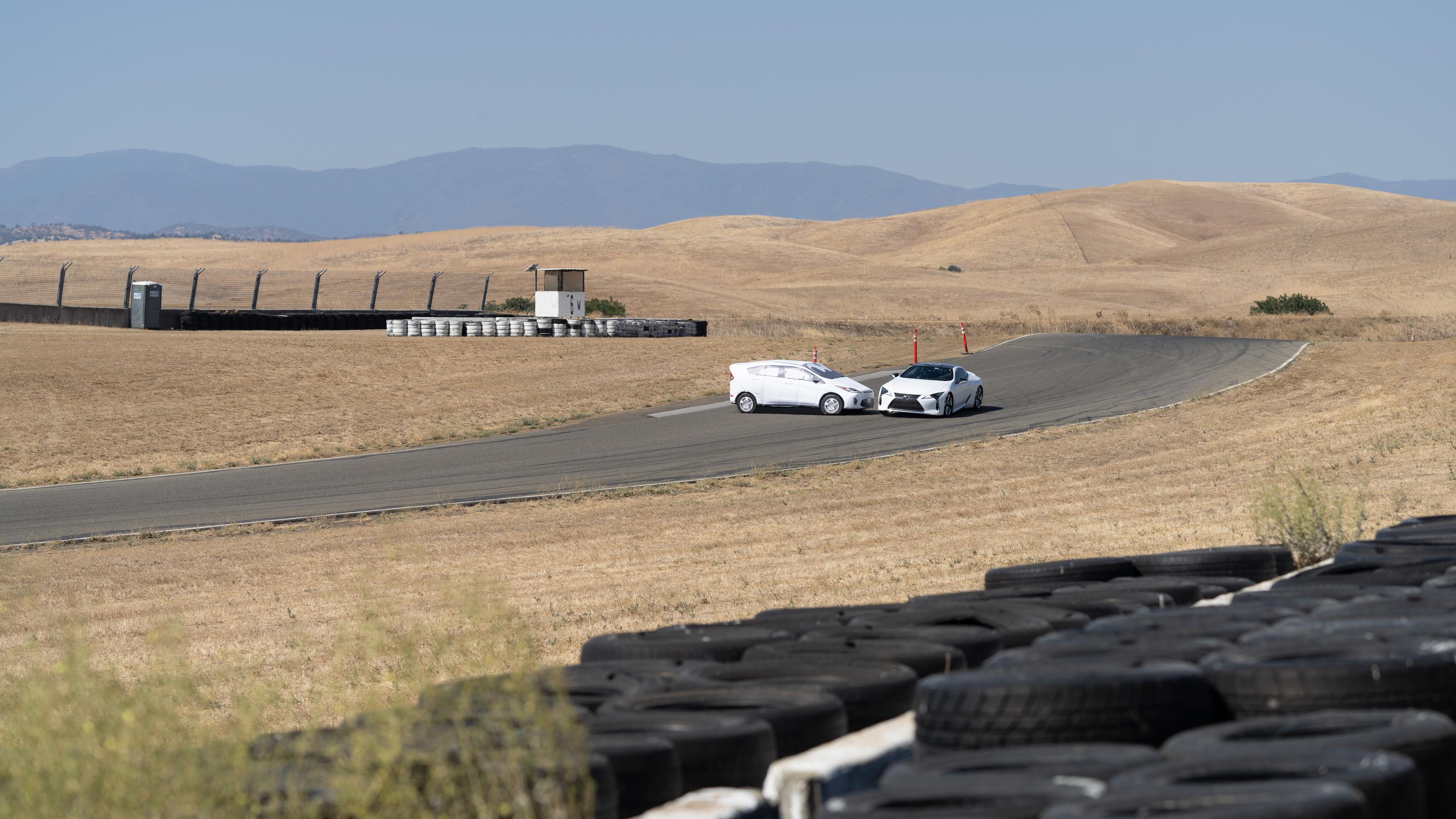
The LC 500 avoiding obstacles autonomously.
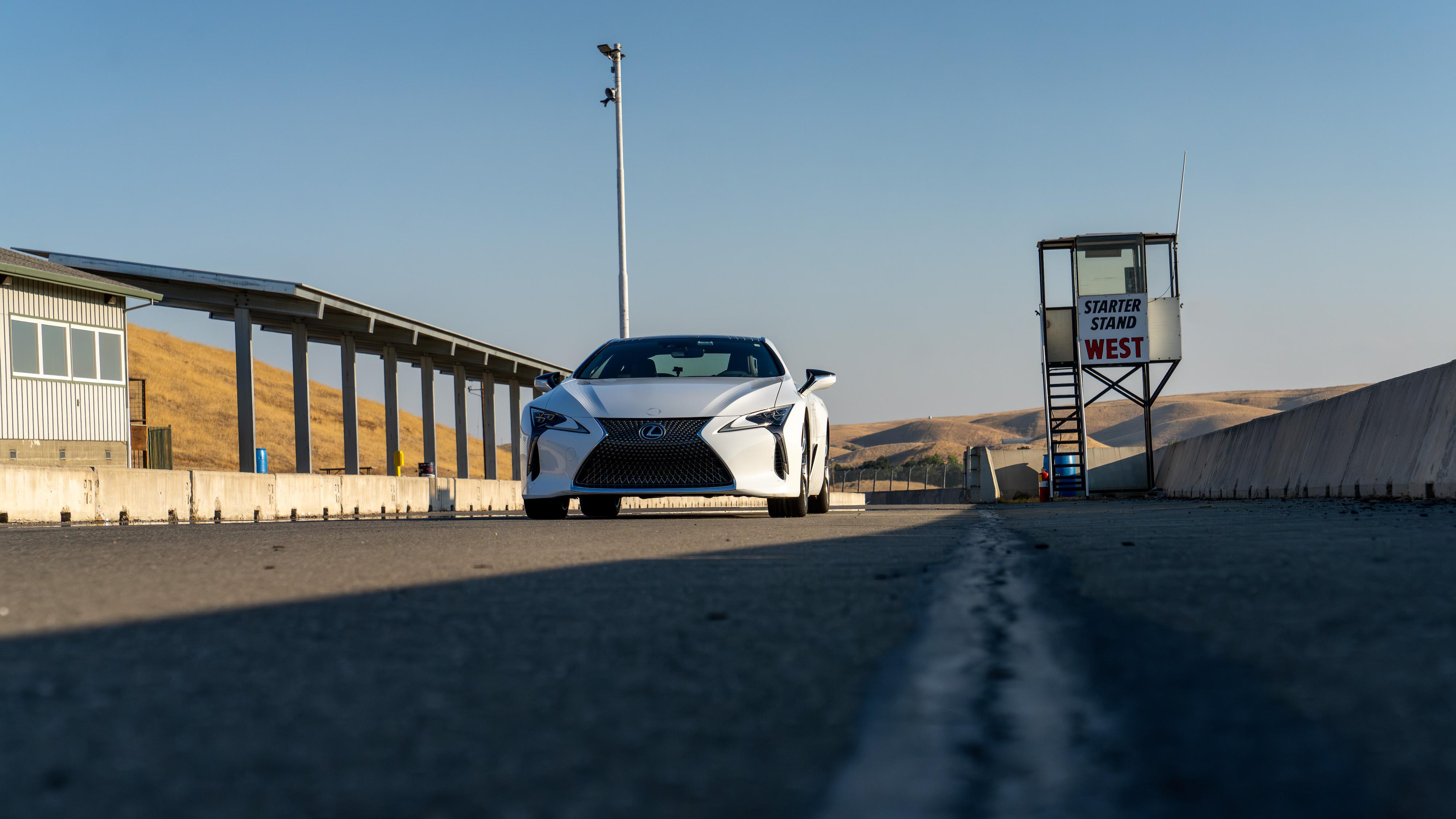
TRI’s modified LC 500 research vehicle
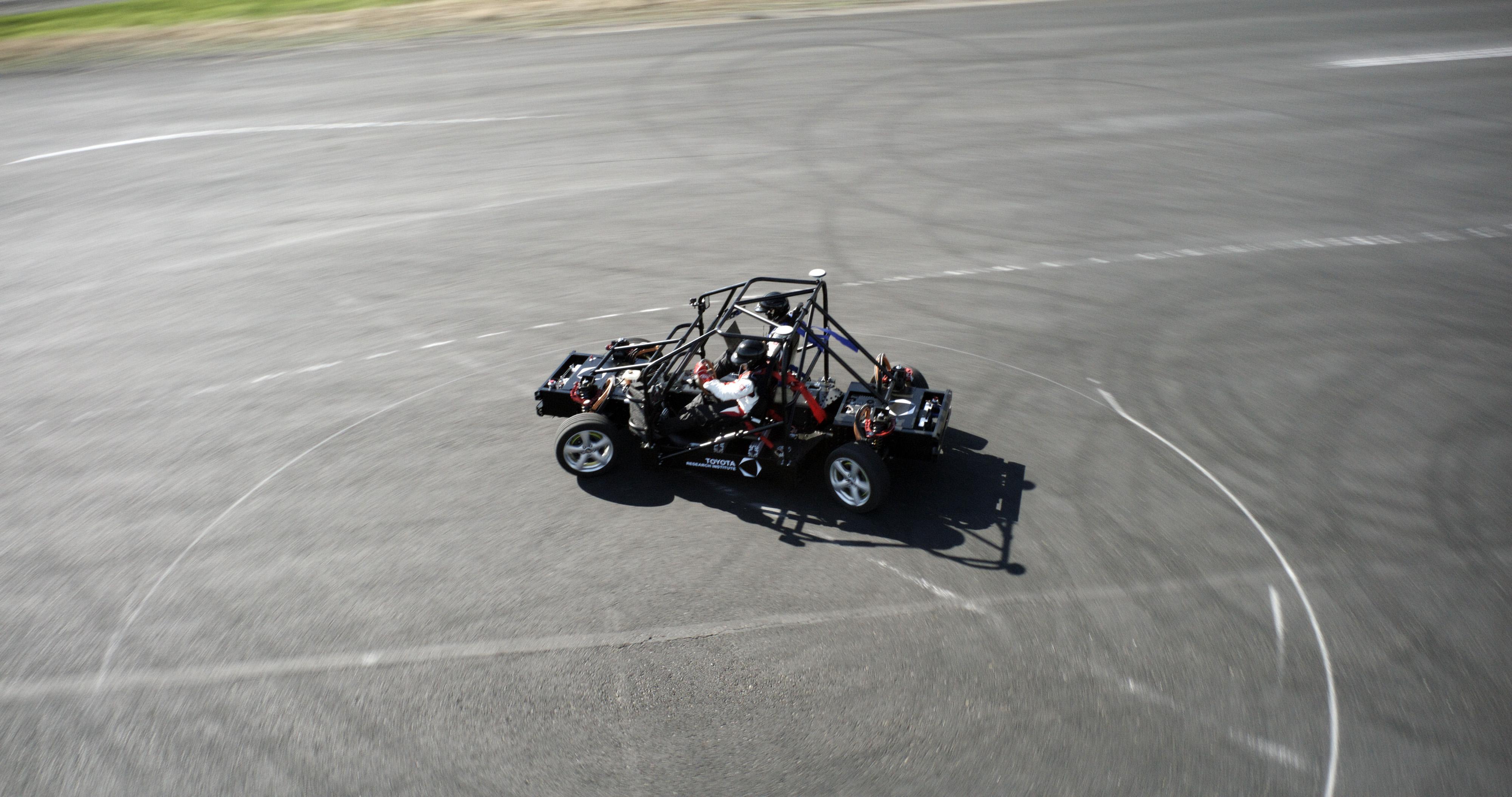
Drivers practice drifting on the GRIP (Global Research Innovation Platform).
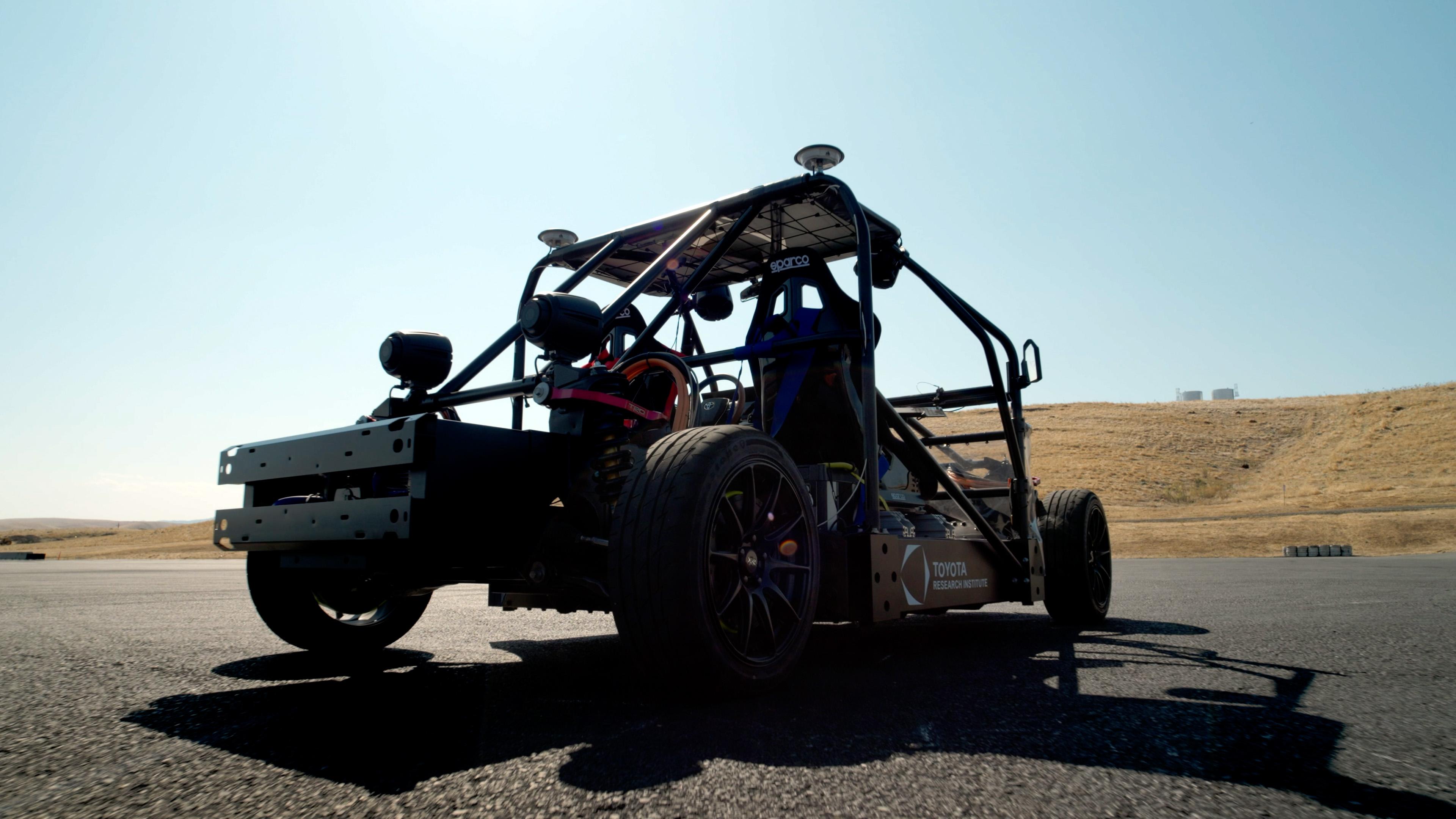
TRI’s GRIP research vehicle (Global Research Innovation Platform)